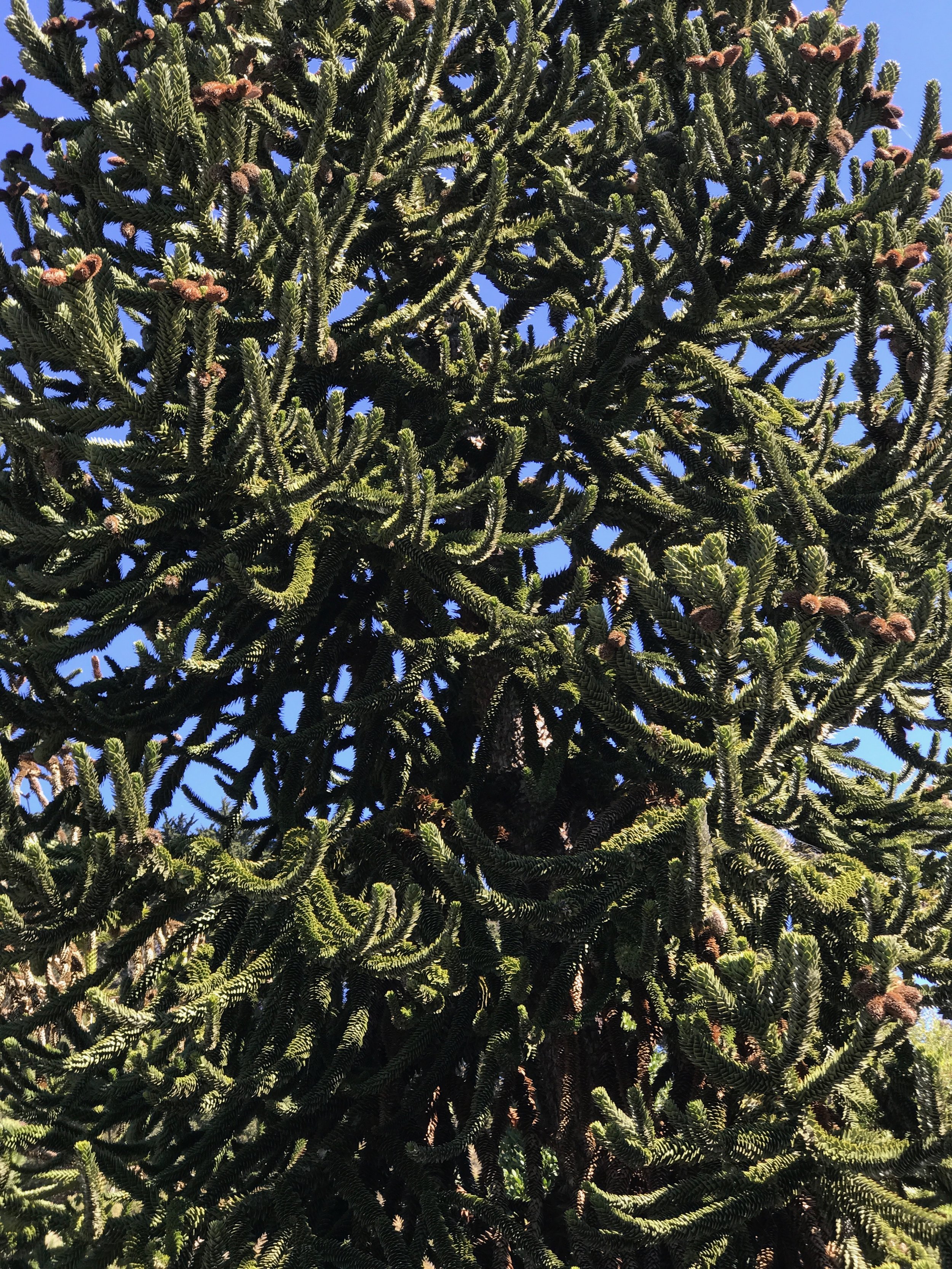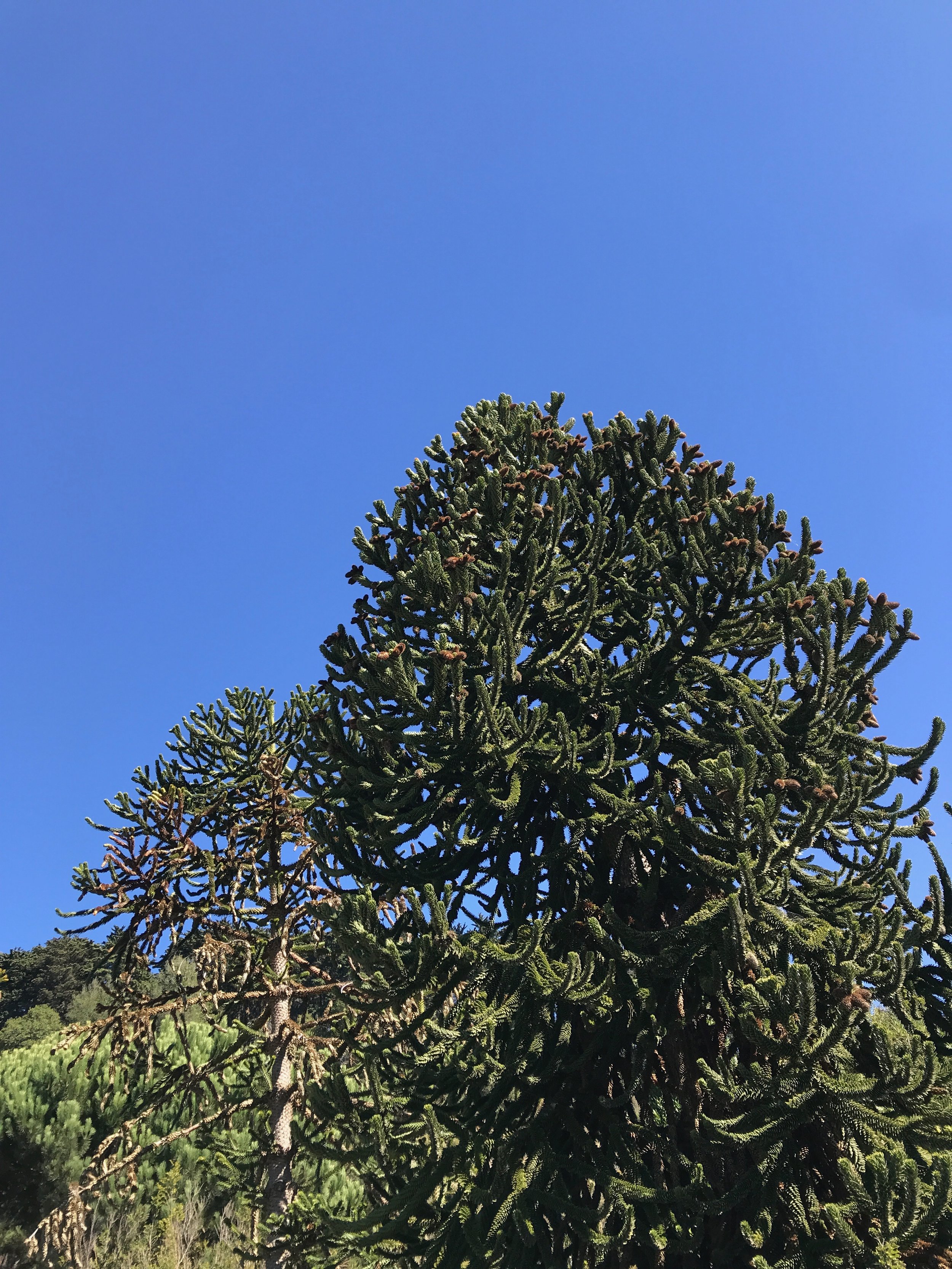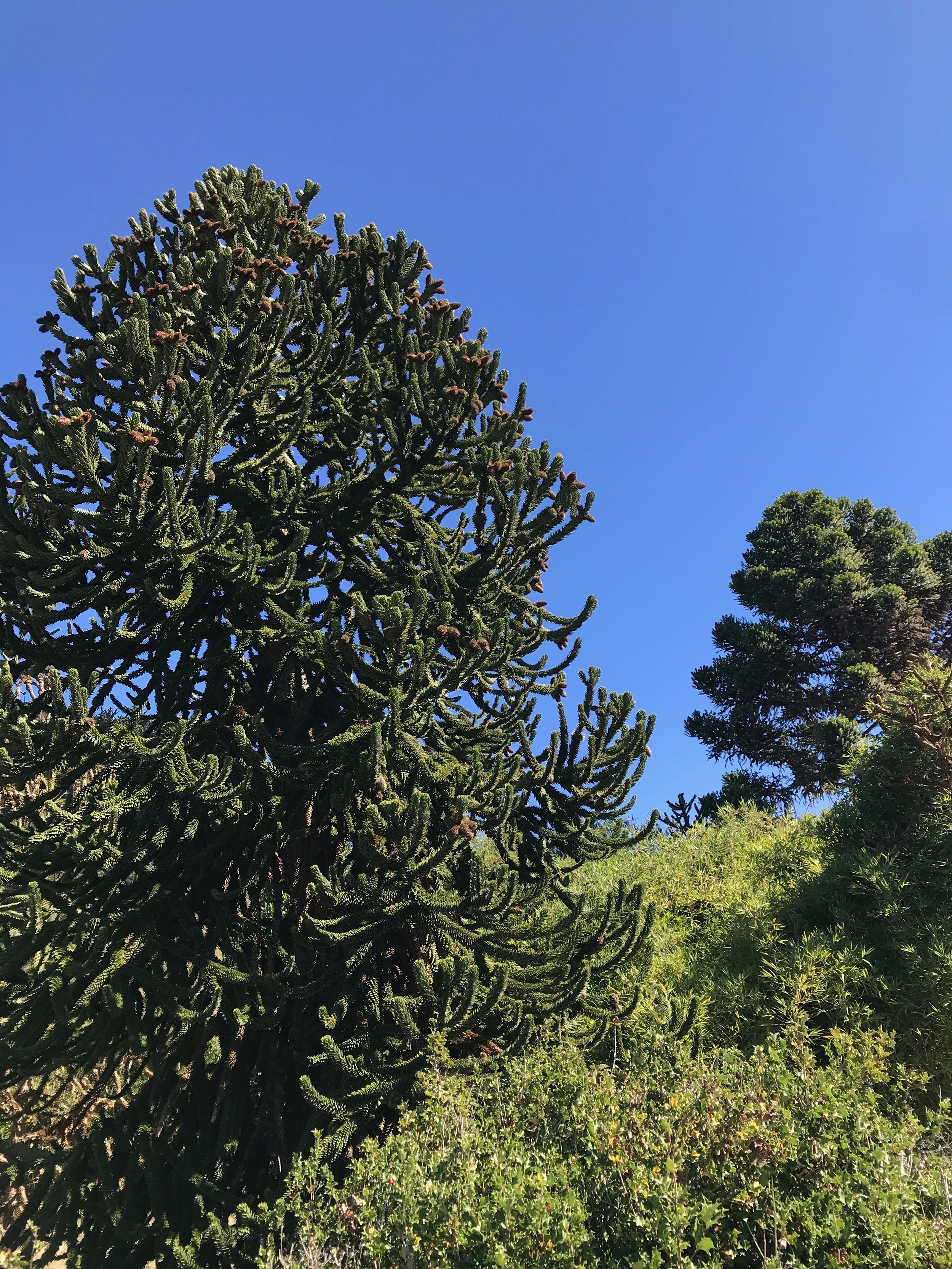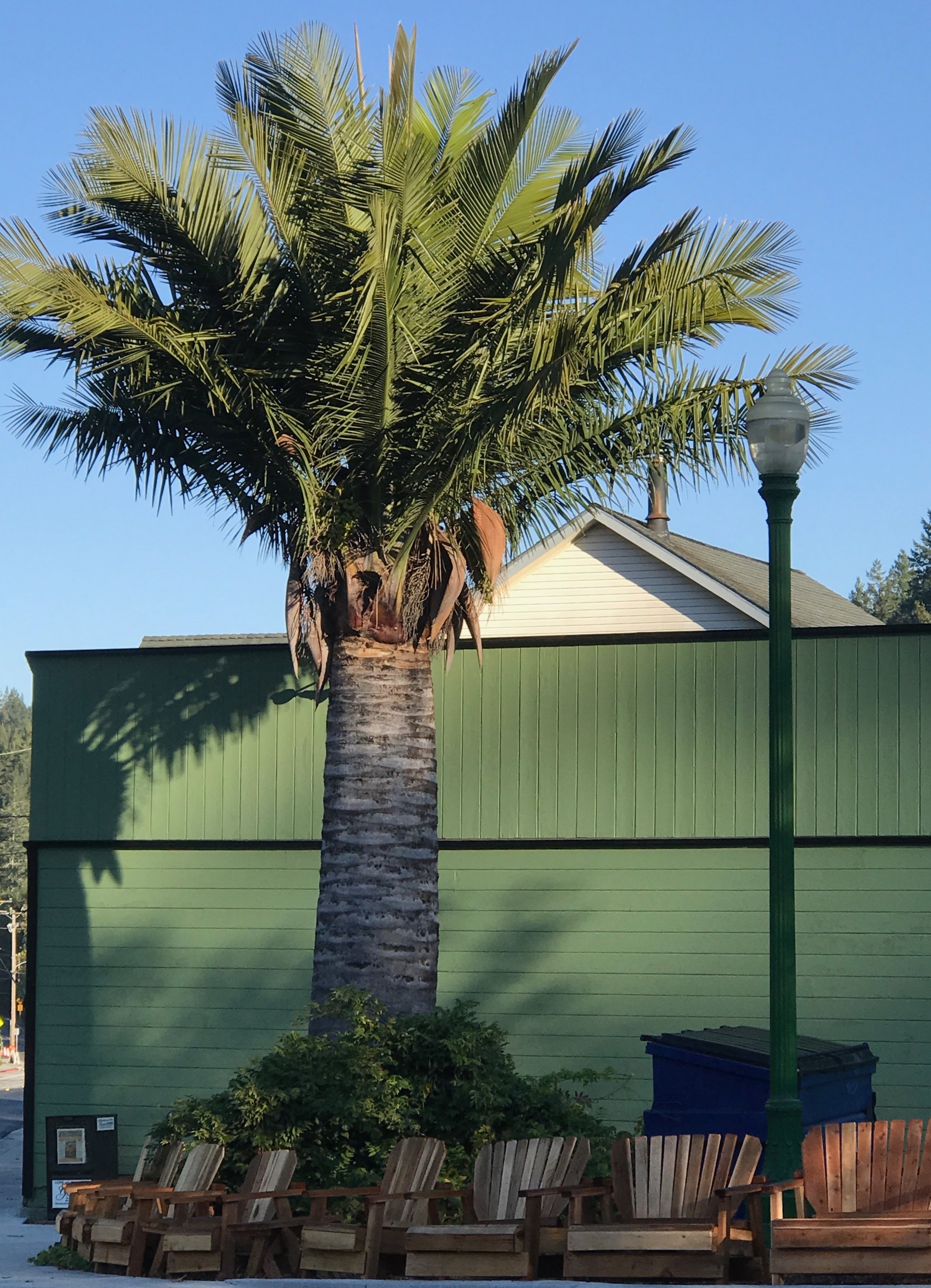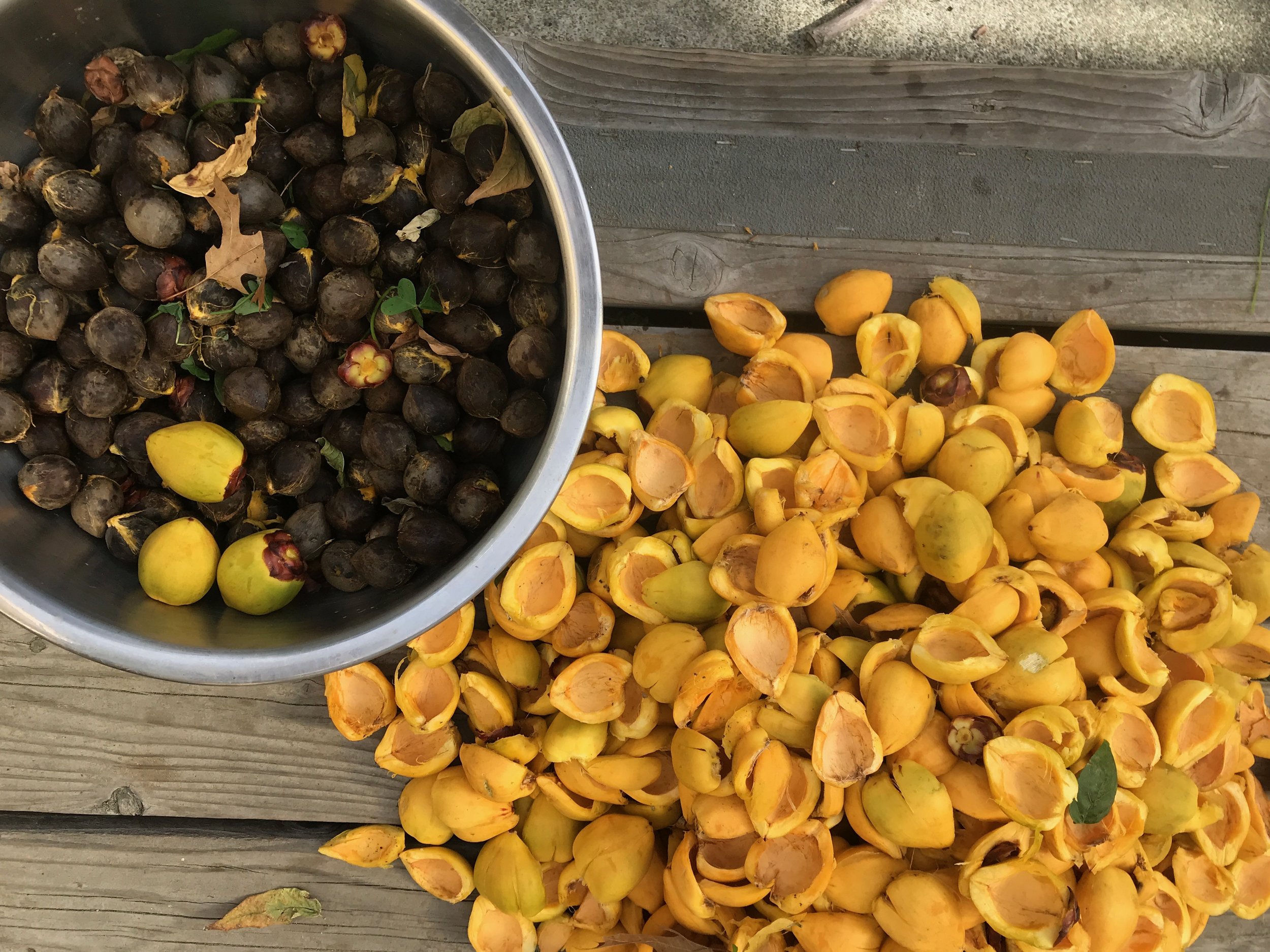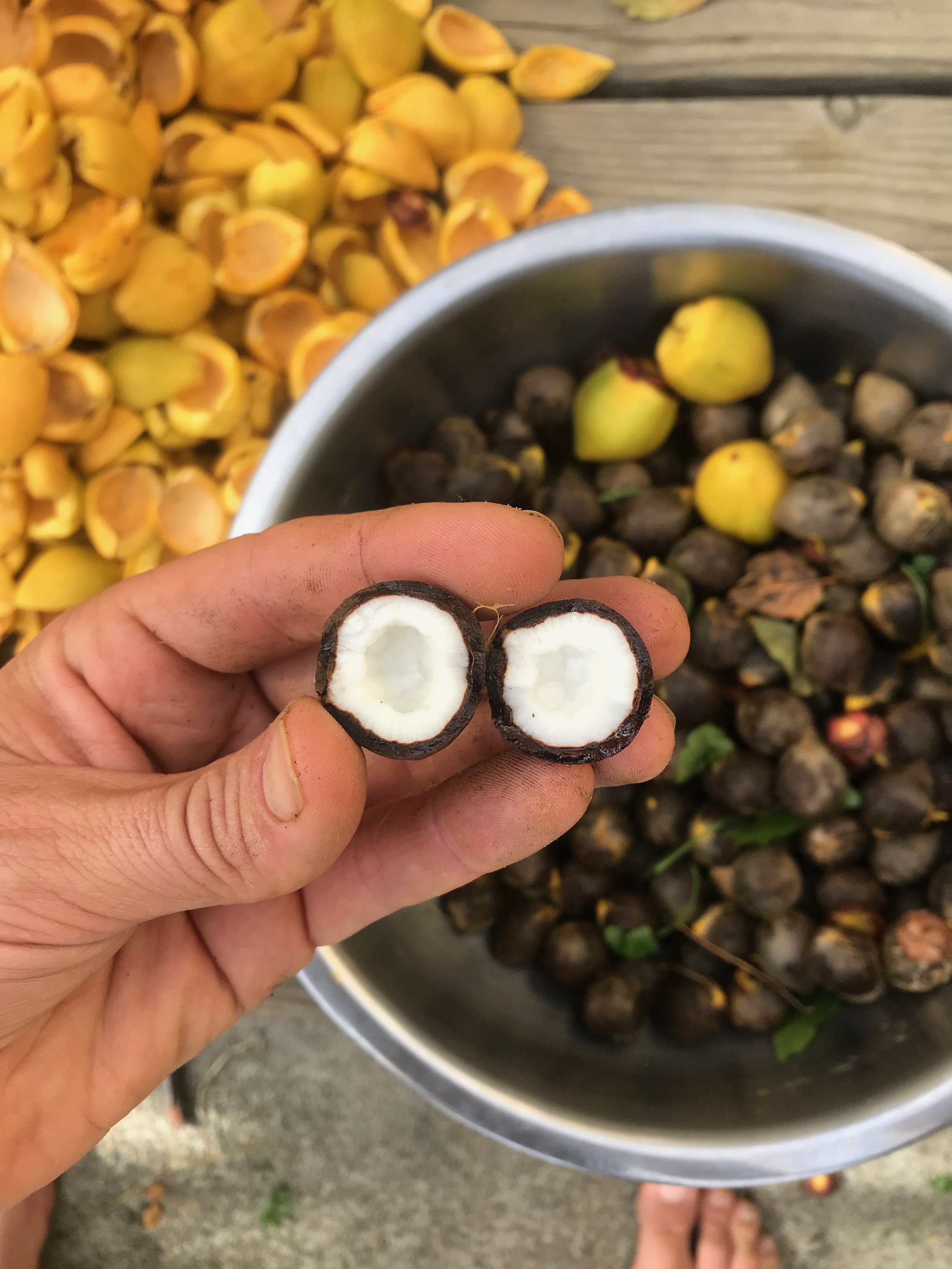Puya chilensis, a temperate climate evergreen perennial and close relative to the comparatively tame pineapple, catches, kills and feeds off of relatively large mammals, including sheep.
P. chilensis doesn’t consume and digest plants by way of conventional carnivorous plant methods, but nonetheless, it will snag and trap a sheep in its masses of thorns, holding the animal until it dies of starvation, and then it will proceed to feed off nutrients supplied by the decomposing carcass.
The young leaf shoots of P. chilensis can be eaten by people. Baskets and such are made from strong fibers obtained from the leaves and stems of the plant.
Here is a short recent article on Puya chilensis, apparently a 10ft specimen has just bloomed for the first time at RHS Garden Wisely, in England. Cara Smith, a Horticulturist at Wisley had this to say about the rare occurrence: “I’m really pleased that we’ve finally coaxed our Puya chilensis into flower. We keep it well fed with liquid fertilizer as feeding it on its natural diet might prove a bit problematic. It’s growing in the arid section of our glasshouse with its deadly spines well out of reach of both children and sheep alike.”
So, needless to say, Puya chilensis is a great contender for privacy screening / security planting along boarders shared with pesky neighbors.
Here are some photo I have posted previously of a very close relative to Puya chilensis, Puya berteroniana, spectacular in its own regard for its massive aquamarine/blue and orange flower spikes.
